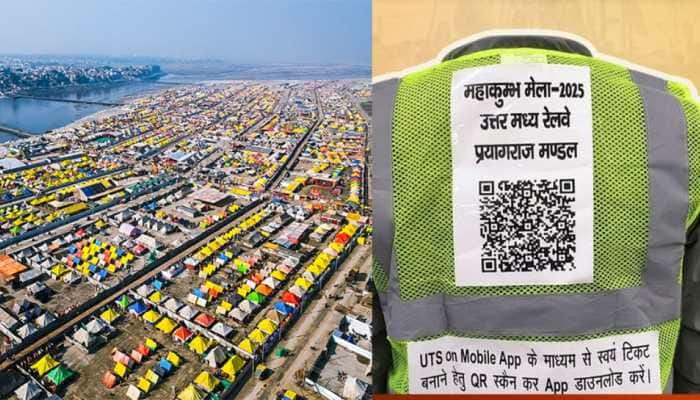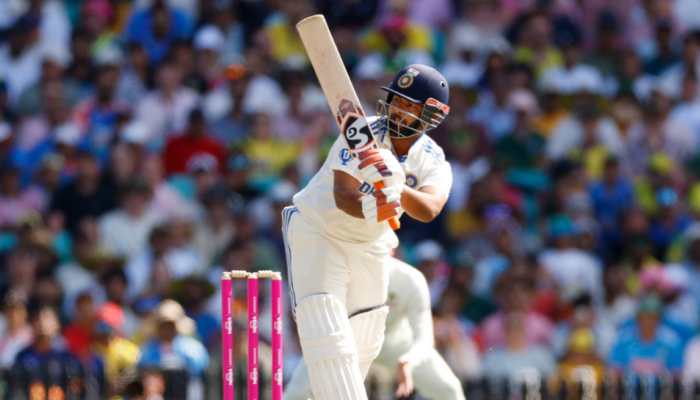Partial Solar Eclipse on Friday the 13th; does it really mean anything?
Friday, the 13th is considered to a harbinger of bad luck by many.
Trending Photos
) Pic Courtesy: Pixabay (representational image)
Pic Courtesy: Pixabay (representational image) New Delhi: On July 13, Friday, the skywatchers will be able to witness a partial solar eclipse. When it's a total eclipse, the disk of the Sun is fully obscured by the Moon, however, in partial and annular eclipses, only part of the Sun is obscured.
Also known as Aanshik Surya Grahan, partial social eclipse happens to be the third eclipse of this year after 'Super Blue Blood Moon' Lunar eclipse which was seen on January 31 and another partial solar eclipse on February 15 respectively.
Date and Time:
The partial solar eclipse will not be visible in India but the skywatchers can witness the celestial experience on NASA Twitter handle, website as well as YouTube where it will be live streamed.
As per the Indian Standard Time, the eclipse begins on July 13, 2018, at 7:18 am and ends at 8:13 am, reportedly.
Religious significance:
This time the partial solar eclipse is falling on Friday, the 13th and in the West there are several myths and superstitions associated with the date. This partial solar eclipse would be best visible only in parts of Southern Australia, New Zealand and North Antarctica and not in India.
Friday, the 13th is considered to a harbinger of bad luck by many.
In India, people usually prefer to stay indoors and not consume any food items during the time of the grahan or eclipse. Also, darbha grass or Tulsi leaves are put in eatables and water to prevent the ill effects of the grahan. Many believe in taking bath after the eclipse is over and change to new clothes. Chanting of mantras dedicated to sun god is another practice followed by many households in the country.
Especially, pregnant women are asked to stay indoors and chant the Santana Gopala Mantra. Others meanwhile can chant the Mahamrityunjaya Mantra.
Stay informed on all the latest news, real-time breaking news updates, and follow all the important headlines in india news and world News on Zee News.
Live Tv







)
)
)
)
)
)
)
)
)
)
